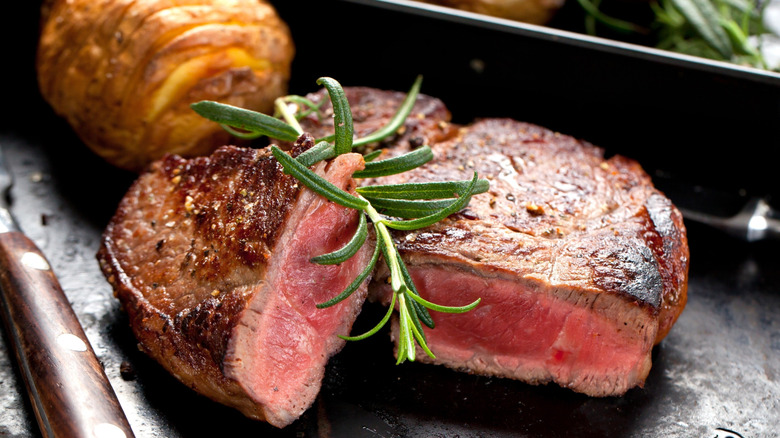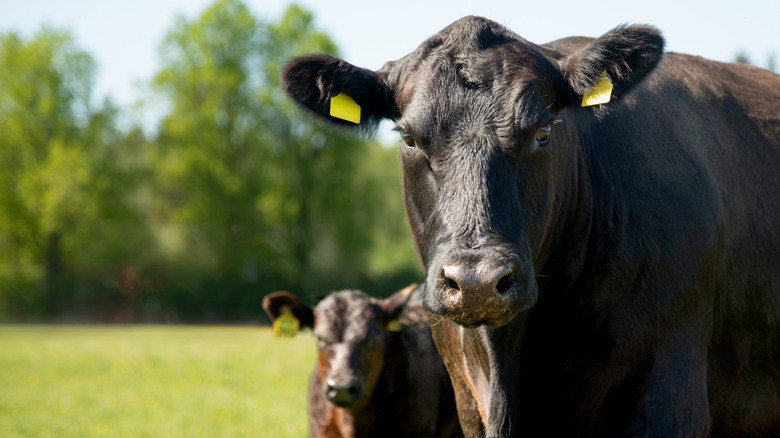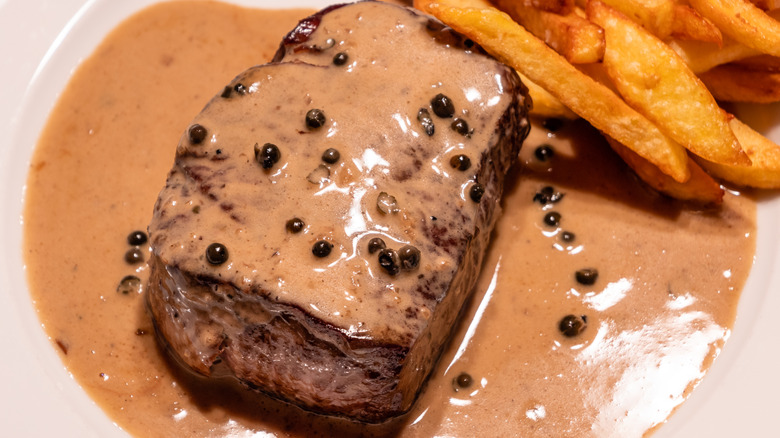When many people think of food in the U.S., hot dogs and hamburgers spring to mind, or even regional delicacies like Kansas City barbecue (a favorite of Anthony Bourdain). But is there really anything more American than a steak? Whether it’s ribeyes, T-bones, porterhouses, or New York strips, thick cuts of beef slapped on a grill or a sizzling hot pan have come to define much of the cuisine in the United States. Americans love their steaks, and you can probably take down an expertly-cooked cut in almost any corner of the country.
Europe, too, has a long history of cooking beef, and today you can find high-quality steakhouses all over the continent, including France, Italy, Spain, the U.K., Germany, and Hungary. While Americans may think that they have the monopoly on a juicy slab of beef grilled to perfection, a good European steakhouse can give most any in the States a run for its money.
That said, there are differences between steaks in both places. What you prefer depends on your taste, but it’s worth examining each style of preparation and presentation, especially if you plan on indulging in some local steak on your next trip across the pond.
America vs. Europe in the quest for the perfect steak
Let’s start with the cow. American ranchers usually raise Aberdeen Angus (Black Angus) cows, which are a crossbreed. In Europe, purebreds tend to be more favored, such as Charolais in France, Chianina in Italy, and the White Park in England –– a breed which was raised 2,000 years ago by Druids. Pure breeding is done to maintain the genetic characteristics that make the steak delicious in the first place, while cross-breeding delivers a more consistent product, not to mention bigger weights to maximize profits.
Another difference is how the cows are raised. In the U.S., most cattle start on grass and then are moved to a feedlot where they’re bulked up on corn-rich diets. This results in greater marbling, which means a more fatty steak. In Europe, cows are largely grass-fed, which also means they’re slaughtered later than their American counterparts, who are bred and fed to get a maximum yield, weight-wise. A grass-fed steak has a deeper, more complex flavor profile than its grain-fed counterpart, and also packs more nutrients.
As for the steaks themselves, American steakhouses prefer big, bold cuts which are often dry-aged, whereas European restaurants are more likely to feature finer chops of locally-sourced beef that are served fresh. In the U.S., you’ll also be served an array of side dishes, ranging from baked potatoes to mac and cheese, along with plenty of steak sauces, including peppercorn, Béarnaise, and spicy horseradish. The effect is over-the-top — an exercise in decadence. In Europe, the portions will be smaller and the overall experience more refined, with a particular emphasis placed on local ambiance. All of this affects how the steak tastes, though for any beef lover, it will surely go down well in both locales.




